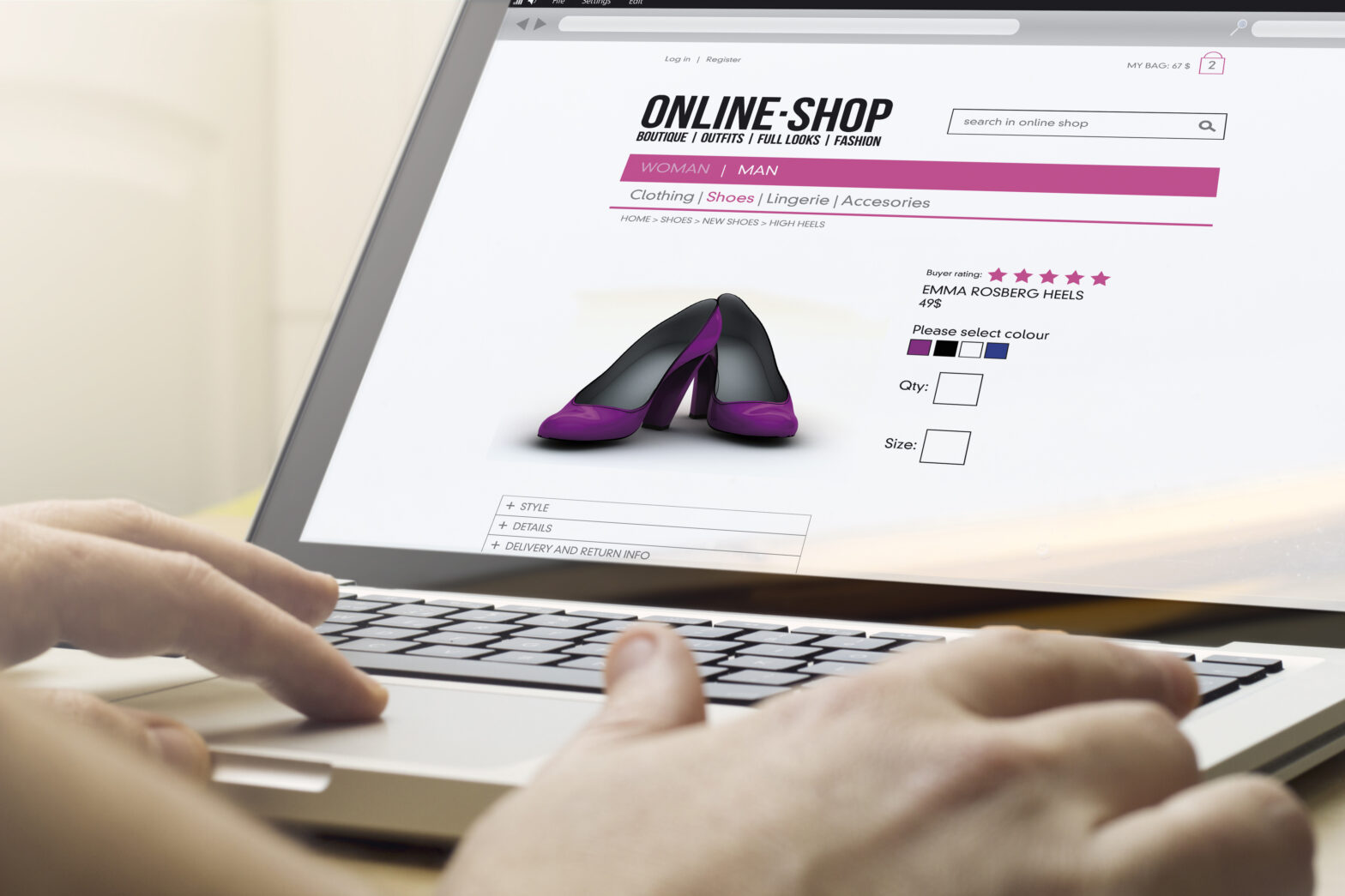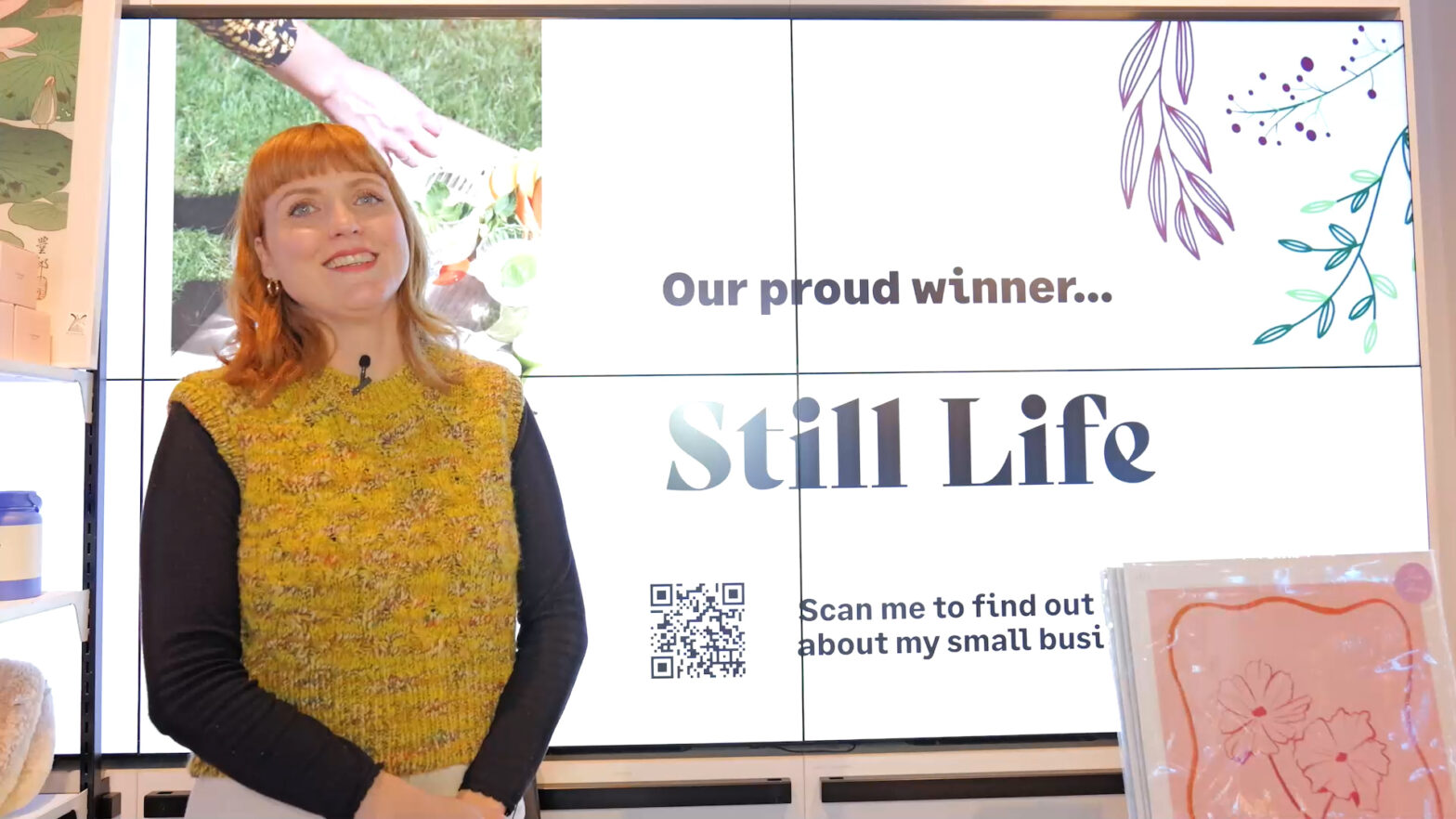It is more than 20 years since the first online purchase and, depending on your source that item was either a Sting CD purchased by a man via one of the first e-commerce sites, NetMarket, or a large pizza purchased from the American restaurant chain, Pizza Hut. However, regardless of the item, the sentiment is still the same. The e-commerce market has forever changed the way in which consumers interact with organisations. As we gaze into our crystal ball to predict what the next ten years has in store for e-commerce it’s fascinating to see that we are already noticing glimpses of the changes and developments yet to come.
Surprisingly, from the delivery angle, not a great deal has changed in the last 500 years. From horse-drawn carriages to children running miles to deliver a letter, the principles have fundamentally remained the same. We still rely on people and vehicles despite the developments in transportation and the incredible advances in automation.
So, what next? Before long the limitations of our road networks will inevitably impact the ever-growing e-commerce market. Driverless vehicles and robot deliveries seem more feasible to us than thousands of drones swarming over densely populated cities, so don’t be surprised if these vehicles begin roaming streets near you in the near future!
With the increase of vehicles on the roads; carriers, retailers and manufacturers may well work together to reduce the amount of ‘air’ being shipped in vehicles, potentially leading to more ‘self-constructing’ products to optimise space in vehicles. As a result, 3D printing could become more commonplace. New innovations in technology will enable consumers to produce products either in the home or locally. A good example of this is the new 3D printed car, where the main structure is delivered to the customer and the other parts are printed locally.
The development of 3D printing could also extend to clothing. In ten years’ time, will the consumer simply be able to see an item they like, and be told their perfect size? The item could then be produced in situ, in the colour and fabric of their choice. Here, technology is enabling the ultimate in right first time for the clothing industry, therefore negating the stigma of clothing sizes and the world of unwanted returns.
If we take a slightly more fanciful look at the future, could we see a move towards rehydrated style products where core ingredients are reduced and only become food when water is added later? This would both extend the life of the product and also reduce the space required to store and move, although we’re not sure we’ll be opting to receive our takeaways like this anytime soon!
Crystal ball gazing is never an exact science so any prediction into the future should always be taken with a pinch of salt. However, what we do know is that the next ten years of e-commerce will see the industry scale new heights.
Matthew Robertson is co-CEO of NetDespatch.





